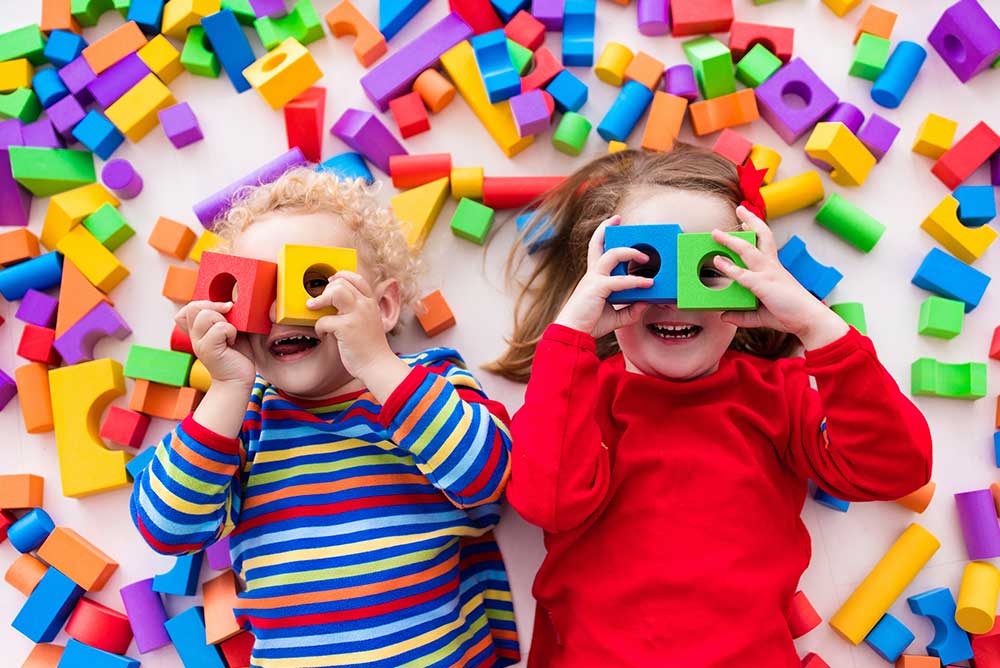Organising Toys

If you’ve ever accidentally stepped on a piece of Lego in the middle of the night, you know the struggle of managing an avalanche of children’s toys.
When toys overrun your living space, it’s time to bring order to the chaos. Today we will look at our top tips for keeping your children’s toys organised.
Toys Need Their Place
Begin by deciding on a place for each toy. The adage “a place for everything, and everything in its place” rings true when organising children’s toys.
If toys float around your home aimlessly, you’ll always be picking up after your children. Assigning specific spots for toys promotes responsibility in kids as they learn to return items where they belong. So, start defining toy homes — whether that’s a designated shelf, a corner of the room, or a special toy box.
Get rid of old, unused toys.
Often, the toy mess problem stems from simply having too many toys. Kids can easily become overwhelmed when there’s an excessive number of toys to play with, and clean up becomes a daunting task.
Simplifying their toy collection can bring clarity and tranquillity to both their playtime and your living space. Regularly review their toy collection and consider donating or selling toys they’ve outgrown or rarely use.
You’ll be surprised how the ‘less is more’ approach can make a significant difference in your home.
Group Like Toys Together
To make the most out of your storage you should group similar toys together. Store the Lego blocks in one place, the action figures in another, and the stuffed animals in a third. By grouping toys by type, children can easily find what they want to play with and know where to return it when done. This also helps reduce the chance of losing parts of a set, ensuring toys remain complete and ready for play.
By keeping like-for-like toys together your children won’t have to pull all of their storage bins and baskets out when looking for their toys.
Storage Bins and Baskets
Investing in quality storage bins and baskets can greatly simplify toy organisation. These come in all shapes, sizes, and designs, ensuring you’ll find something that fits your décor and storage needs.
Smaller bins can be used for tiny toys like Lego blocks or doll accessories, while larger baskets can house stuffed animals or playsets. Just ensure that the containers you choose are sturdy, child-friendly, and accessible.
Finally, remember to label all of your bins and storage baskets.
The Power of Labelling
Now that you have storage solutions, take the organisation up a notch by labelling your bins and baskets.
This not only makes it easy to locate toys but also encourages children to participate in cleaning up. If they can read, use words. For pre-readers, consider picture labels. This way, your kids will know exactly where the toys go, fostering their independence and responsibility.
Labelling your storage also helps so that not all of your children’s toys are pulled out when they are looking for a specific toy. This makes accessing the right toys a breeze not just for your children but for you too.
Accessibility is Key
As you store toys, consider accessibility. Kids are more likely to play with (and put away) toys they can easily reach.
Place the toys your children use the most at their eye level and within their grasp. Less frequently used or “grown-up supervised” toys can go on higher shelves. This encourages autonomous play and keeps the toy circulation moving. Make sure not to overcrowd your storage too as it can lead to accidents.
Don’t Overcrowd Your Storage
While it’s tempting to cram every last toy into a bin or basket to clear the floor, overcrowding storage solutions can create a new type of mess.
Toys become jumbled and harder to find, leading to dumped baskets and frustration. A good rule of thumb is to fill containers only about three-quarters of the way. This leaves room for easy access and toy removal and you can also rotate your child’s toys when the baskets aren’t full.
The Benefits of Toy Rotation
Toy rotation is an effective strategy to keep kids interested in their toys. Store a portion of your kids’ toys out of sight and every few weeks, rotate them out. This not only keeps the playroom fresh and engaging, but it also reduces clutter.
A lesser number of toys to play with at any given time means less mess to clean up. Don’t fall into the trap of keeping toys that they don’t play with though, for these toys get rid of them.
Giving Toys a Second Chance
As part of your ongoing organisation process, consider donating or selling toys your child has outgrown. Not only does this declutter your space, but it also teaches your child valuable lessons about sharing and letting go.
Toys that are still in good condition can bring joy to other children. You can sell them online on platforms like eBay, Facebook Marketplace, or hold a good old-fashioned yard sale. If you don’t want to get rid of your childrens toys, self storage is another great option to free up space in your home.
Self storage for children’s toys
When all else fails or if you have toys of sentimental value you just can’t part with, self-storage units come to the rescue. Renting a self-storage unit can provide that extra room you need to keep rarely used or large toys. Ensure that the storage unit is climate-controlled to prevent damage to the toys.
In the grand scheme of things, organising children’s toys may seem like an uphill battle, but it’s entirely manageable with the right techniques and some persistence. Implementing these strategies will not only tidy up your home, but it will also foster organisational skills in your children that can benefit them for years to come.
If you need to hire self storage for your children’s toys or other household furniture get in touch with us today. We have multiple storage locations in London including storage in Islington and storage near East London.
